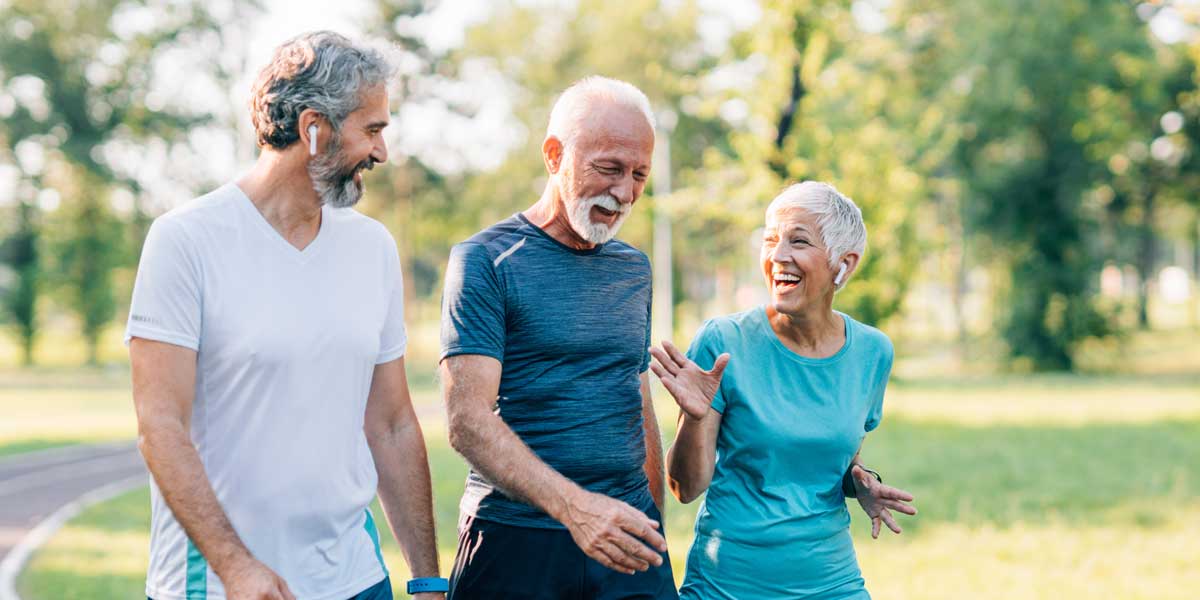Last year for Valentine’s Day, my husband (at my request) got me a standing desk for my office. A year later, I can honestly say it’s one of the best gifts I have ever gotten. I still am in a bit of awe how much I like standing instead of sitting at my desk, and how much better I feel. You’d think it would be the opposite, but my back rarely hurts now, my knees and ankles feel way better, and once I got an anti-fatigue mat to stand on (like they use in commercial kitchens), my feet don’t hurt either. The first week I had the standing desk, every single day I doubled my step and calorie goals on my fitness tracker, to the point where now my goal is about 3 times where it was before I received this desk. I think all of this is happening because I really don’t “stand”. I shift my weight around, I pace, and I step back and forth as I think and type. I am rarely still now in my office, unlike when I was sitting in a chair all the time. Basically, having a standing desk has increased my walking, and walking has enormous health benefits. As we continue discussing one change at a time things you can do to improve your health, walking is another small change that can provide big health benefits.
There are some benefits to walking that I don’t think will surprise you. Walking helps burn calories, which in turn can help you lose or maintain your weight. The number of calories you burn depends on walking speed, the distance, the terrain (walking up and down hills burns more calories than walking on a flat surface), and your weight. But one benefit to walking when it comes to weight was surprising. According to Harvard Medical School, walking counteracts weight-promoting genes. People who walked briskly for about an hour per day showed half the effects of weight-producing genes than those who did not walk routinely. Those aren’t the only wins on the weight side either. Walking has also been shown to lower blood sugar, and again surprisingly, in a study from Exeter University, to decrease cravings for and intake of sweets.
Walking 30 minutes a day, five days a week can reduce the risk of coronary heart disease by up to 19%. More walking can reduce the risk of heart disease even more. Walking doesn’t just decrease the risk of death from heart disease, it reduces overall death risk. In an Australian study, regular walking at an average pace decreased the risk of death by 20% and walking at a brisk or fast pace (at least 4 miles per hour) reduced death risk by 24%.
Walking improves your immune system. A study of over 1,000 people found that those who walked at least 20 minutes a day, 5 days a week, had 45% fewer sick days than those who walked less than once a week. They also found that when those folks did get sick, they tended to have milder symptoms and returned to wellness more quickly. This may be why women who walk 7 or more hours per week have a 14% lower risk for breast cancer, and this benefit transfers to women at high risk for breast cancer as well.
As I have noticed with my standing desk, walking eases joint pain. That is because walking helps lubricate joints and strengthens the muscles that support our joints. Walking 5 to 6 miles per week has been shown to help prevent arthritis.
Walking boosts energy and improves mood. Studies have shown that a brisk walk when someone is tired increases their level of energy better than a cup of coffee. That is because walking increases our energy hormones: cortisol, epinephrine, and norepinephrine. Walking also increases oxygen levels in cells. Studies also show that walking for 30 minutes 3 days a week reduces anxiety, depression, and negative moods. It has also been shown to boost self-esteem and reduce symptoms of social isolation.
A recent study with several experiments found that people who were trying to think of new ideas performed better when walking than when sitting. That creativity increased even more when people walked outdoors.
Finally, walking will tone and shape your legs. Walking on hills and combining it with cross-training activities like cycling and resistance exercise increases those benefits.
The best part of walking is that all those benefits don’t require an expensive gym membership, a trainer, or any special equipment beyond a pair of well-fitting, sturdy shoes. Walking can be broken up throughout your day, too, which means it is time efficient. Consider adding walking to your daily routine and making that one change to improve your overall health.

Carol A. Cates, MSN, MBA, RN
Chief Nursing Officer
Odessa Regional Medical Center
To find a doctor or schedule an appointment, visit Steward DoctorFinder™.




